Today’s post has been inspired by the many questions that I receive from first time parents when their babies are around 4 months of age and they have some doubts about when/how/why to introduce solid foods in their baby diet. Giving the very first spoon of food to your baby is a HUGE milestone and my sincere recommendation is to make it fun and not stressing, for both you and your little one.
Let’s start from the beginning.
WHEN TO START?
The general recommendation from the AAP (Amerian Association of Pediatricians) is to introduce solid foods in your baby’s diet between 4 and 6 months.
There are few signs (studies by Dr. Jim Sears) that can tell you if your baby is ready for the big adventure of solid foods:
1 – he lost the tongue-thrust reflex. Every baby has this natural reflex from birth to 4/6 months to protect himself from chocking. When you put something (one drop of baby puree) on your baby’s tongue, the tongue goes out to expel the food instead of going back and actually eating it. Between 4 and 6 months this reflex slowly goes away, so that your baby is physically able to eat.
2 – he has a good head control and is able to sit
3 – he doubled his birth weight
4 – he seems interested in Your food. He either looks at you while you eat or tries to grab your fork or directly your food in your plate.
5 – he is able to communicate that he is “full” and doesn’t want any more food. Ex. he turns his head on the other side or, like Alex, he spits out his last spoon 🙂
Still, let’s say that you decide to start and he pushes out the food from his mouth? Well, it’s totally normal. Remember that babies do not know the meaning/texture/taste of solid food. Gently try again once or twice and if your baby still doesn’t want it, maybe try the following day or just wait few days. Maybe he is not ready yet.
So, once you decide that “it’s time to start” the next question is
HOW TO START? WHICH FOOD TO GIVE FIRST?
You have more than one option. As a suggestion, the very first food that you decide to offer to your baby should be:
1 – easy to digest (i.e. if you are choosing to start with fruit like apples or pears, it is better to peel them, as the skin is more difficult to digest than the pulp. Also, it is better to cook them. The cooking process makes the digestion process easier.)
2 – seasonal and, if possible, organic (Seasonal produce has a better taste and it didn’t need to travel around the world to reach your kitchen. The organic certified label is one of the few guarantee that you have to know that the food has NOT been treated with pesticides/antibiotics/hormones NOR contains GMOs).
3 – only one new food at a time. Start with a super simple recipe with 1 ingredient and wait 3 days before introducing a new food to your baby so that you can check for any allergic reaction.
4 – a tiny tiny portion. At the beginning and for few months your baby will need a tiny amount of solid food every day, nothing more. The very first meal is usually 1 or 2 teaspoons 🙂
That being said, which should be the very first food you will start with???? You have more than one option to choose from.
Some pediatricians (traditional school) like to suggest cereals as the very first food. Other pediatricians (new school) prefer fruit or vegetable purees. Sincerely I do not think there is a best way to go, either options are fine. In fact, consider that few days after starting with one of the two options you are going to introduce the second one too 🙂 i.e. If you start with a rice puree, few days later you might want to add some avocado or banana in it! Or if you start with an apple sauce, few days lather you might want to add some baby oats cereal in it 😉
With my two kids I started with a fruit puree, an homemade apple sauce, and I gradually introduced all the other first foods without any problem.
1- baby cereals fortified in iron (your baby’s iron reserve will slowly decrease after birth)
2- fruit or vegetable puree. Avocado, banana, apple, pears, carrots are a wonderful delicate first food options.
Remember that up until 1 year, milk (either breastmilk or baby formula) should be the #1 source of nutrition for your baby. Food before 1 year is just for fun. Solid food is just a small addition to milk, to start teaching your baby how to eat and introducing him new and different tastes and textures.
You will see that once your baby will get used to eat from a spoon (that is totally different from either drinking from the mom’s breast or from the bottle), he will gradually eat more.
Of course, being this blog all about healthy food for kids, my strong recommendation is to make your homemade baby food from scratch 🙂
That’s really the only way to check all the ingredients that you are giving to your baby. In addition to that it’s not difficult at all and it is way cheaper than the store bought organic baby jars.
Click this link if you are interested in some healthy homemade “first food” recipes.
Another frequent question is
HOW OFTEN SHOULD I OFFER SOLID FOOD TO MY BABY?
Remembering that breastmilk or baby formula should be the main meal for your baby up until 12 months, this is a standard daily solid food schedule that you can use for your baby. Please note that every baby is different; your baby might be more or less interested in solid food compared to others and might eat more or less compared to the quantities below.
WHAT FOODS TO AVOID?
Considering that you have many many options to start with, you also have few foods you really do not want to give to your baby at such a young age.
1- Cow’s milk
Up until 1 year cow’s milk is too difficult to digest for a baby. If you want to know more about when to introduce Dairy in your baby’s diet, check this link
2- Honey
It might contain an harmful bacteria called Clostridium botulinum that can cause infant botulism, a serious illness. After 12 months your baby’s digestive tract will mature enough to produce acids that will help protect from the toxins that the bacteria produce.
2 – Citruses
They might be too acidic for your baby’s little body and can cause eczema or not so fun diaper rashes.
3 – Any food that can present a chocking hazard
Any food that for size/shape can be a chocking hazard for your baby should be avoided: Nuts, Popcorn, Raisins, Dried Cranberries, Grapes, Cherry Tomatoes.
4 – Added salt and sugar.
Baby food should not contain any added sugar or salt. Of course the sugar/salt naturally contained in foods is fine (i.e. sugar in fruit). The recommendation is to avoid added sugar or salt up until 12 months, but I would suggest for as long as you can 😉
WHEN SHOULD I FEED MY BABY WITH SOLIDS?
My suggestion is to begin with a once-a-day feeding, whenever it’s convenient for you and your baby, but not at a time when your baby seems tired or cranky. In my personal experience, mid morning was a good time for both Alex and Luca. They were relaxed, not too tired and close to be hungry 😉
As you are starting the exciting phase of baby food, you might be interested in other posts around the same topic:
- HOW TO FREEZE BABY FOOD
- HOW TO THAW BABY FOOD
- HOW TO THIN BABY FOOD
- HOW TO FEED YOUR BABY WITH DIARRHEA
I really really hope this post was helpful to some of you and please, do not hesitate to leave me a comment in the area below should you have any question or should you want to share your first baby food experience with us!!

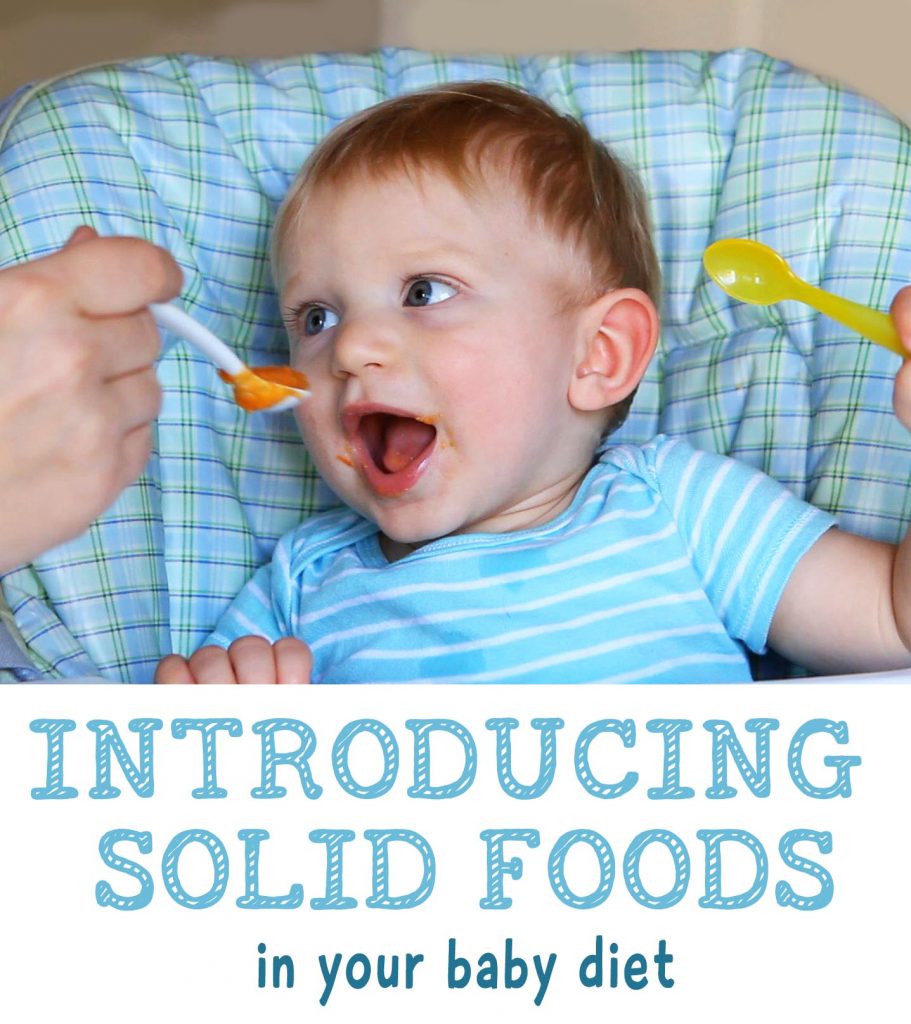
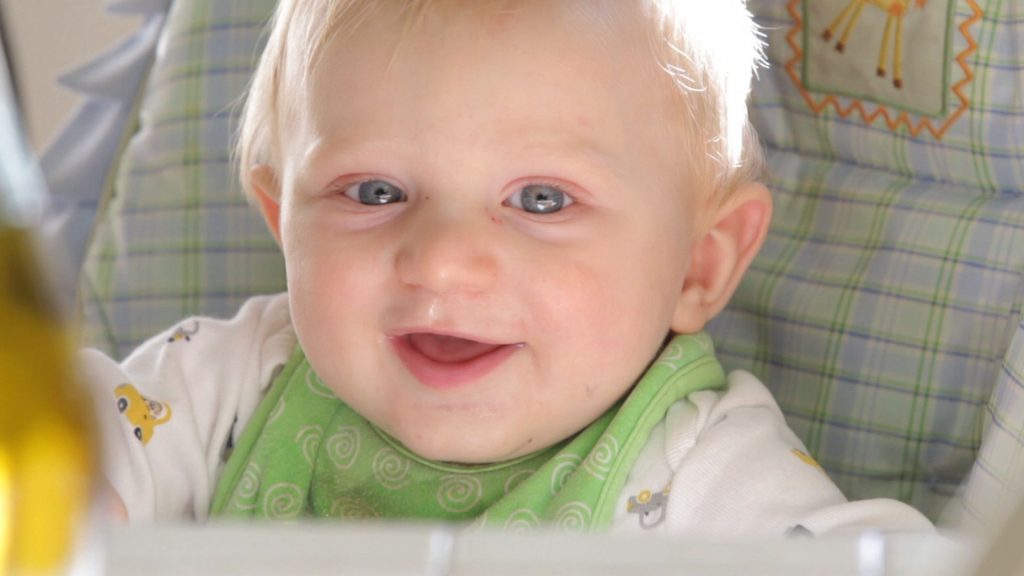
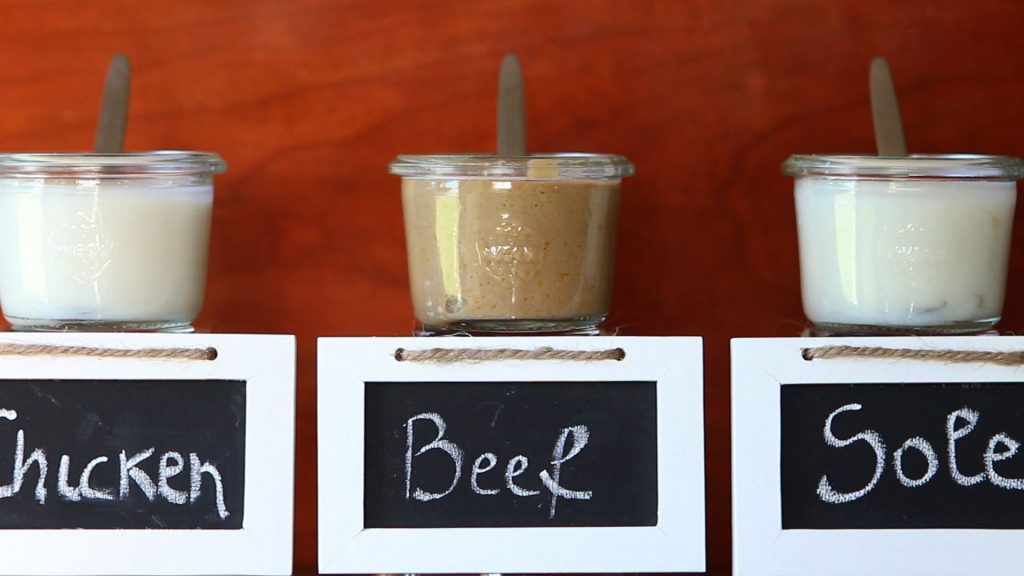
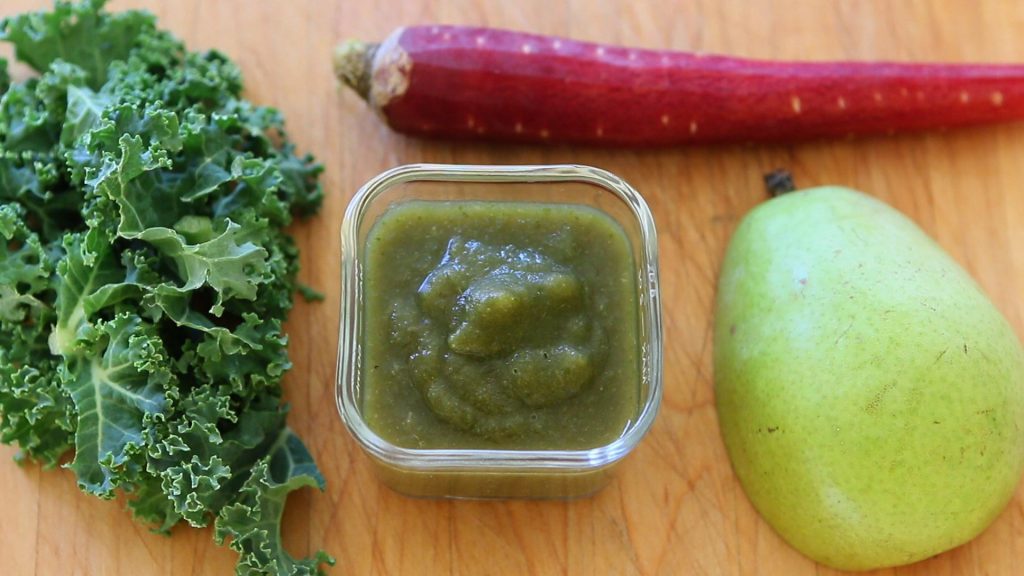
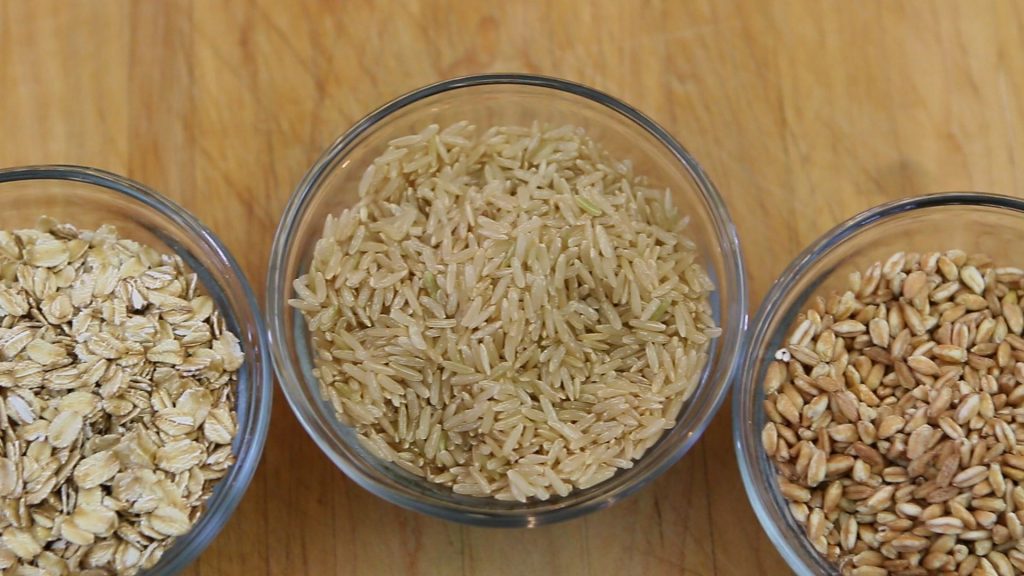
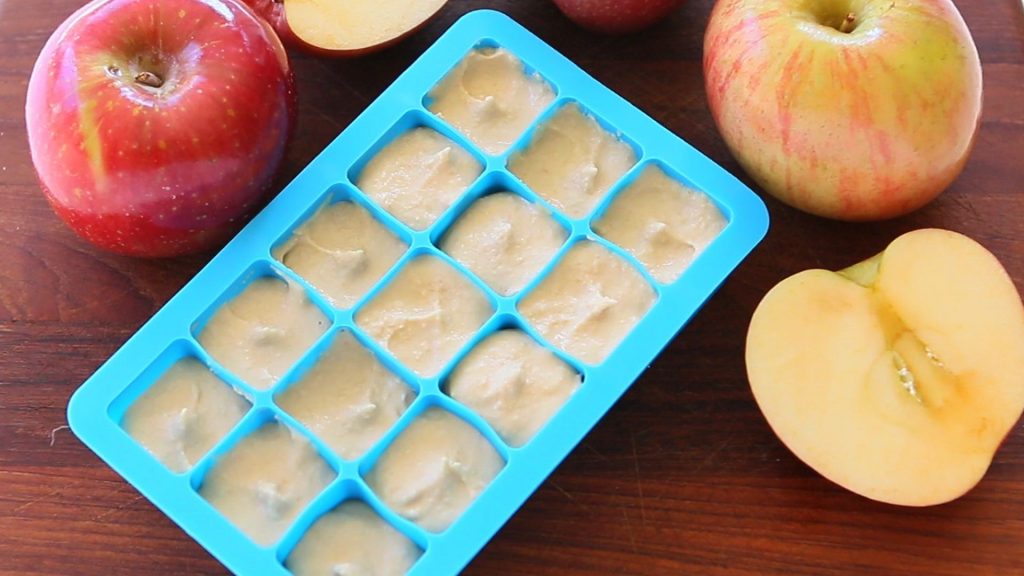
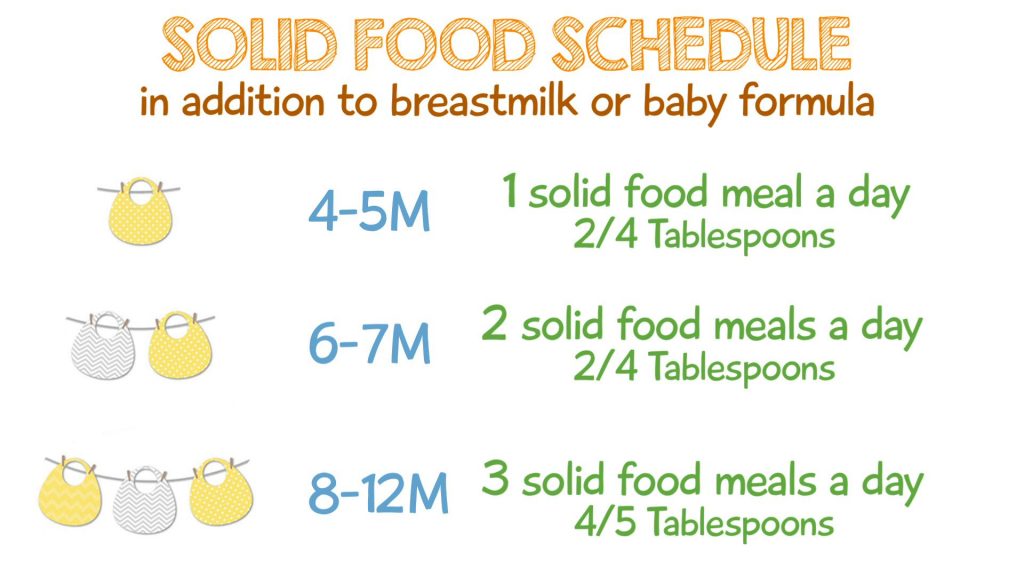
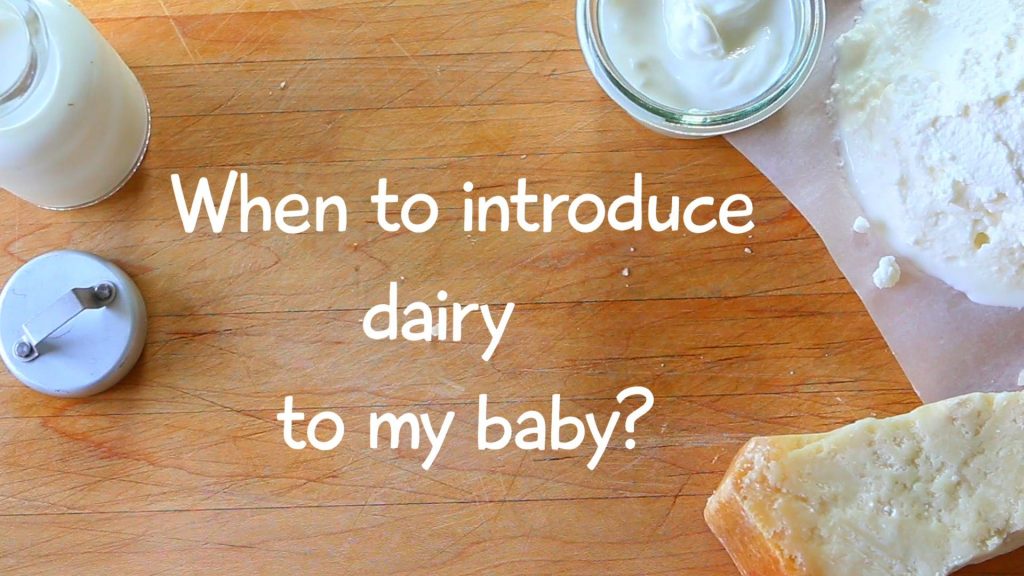
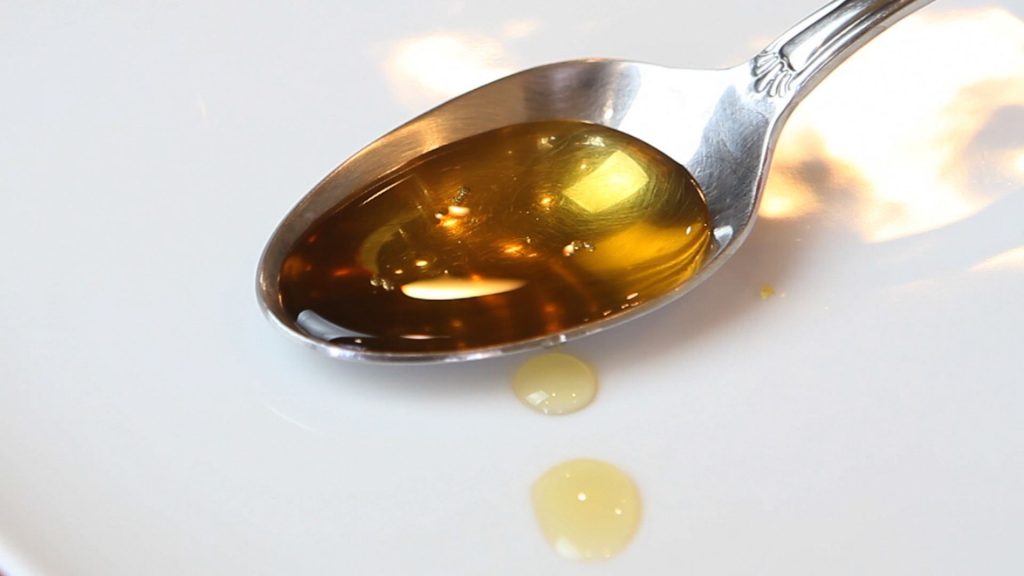
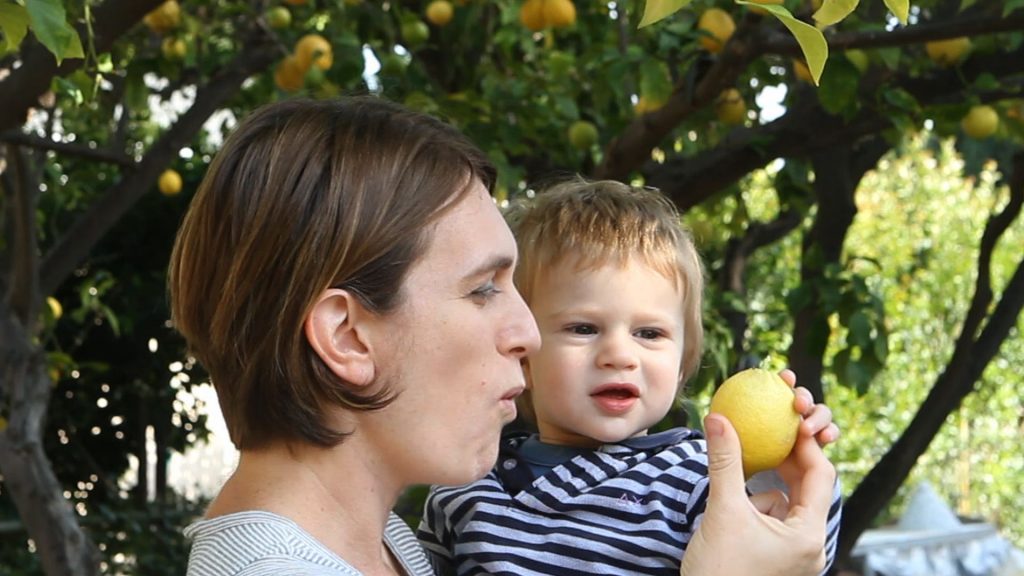
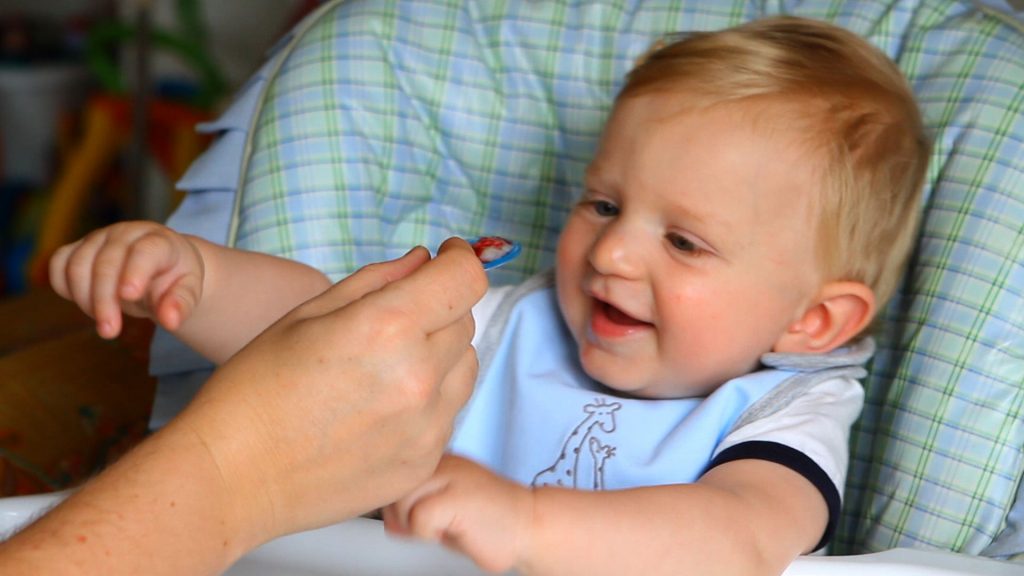
13 Comments
Did you make this recipe? Share the love, tag @buonapappa on Instagram and hashtag it #buonapappa I would love to see your creations!
Lena
June 29, 2016 at 1:25 pmThat is such a great blog! I am going to start with solid food in about 2 months and I feel so lucky to have found your blog! Thanks!
Barbara Lamperti
July 9, 2016 at 2:00 pmHi Lena! Welcome to BuonaPappa and thank you for your comment!! Enjoy your little one’s first spoon (and take tons of pictures!!!), it will be fun and exciting!! ciao, b
urmila
July 10, 2016 at 7:00 pmThis such a great blog and a blessing for me. My baby is 6 months and have started solids.
Barbara Lamperti
July 17, 2016 at 1:49 pmHi! Thank you so much for your comment and Welcome to BuonaPappa. I hope you will find yummy baby recipes that your little one will enjoy! Let me know should you have any question. Ciao, b
Sha
August 4, 2016 at 4:25 amHi! Im from malaysia.My baby is 5 months+. I feel so happy reading your blog. Thanks for sharing.
Sha
August 4, 2016 at 4:25 amHi! Im from malaysia.My baby is 5 months+. I feel so happy reading your blog. Thanks for sharing.
Barbara Lamperti
August 18, 2016 at 6:18 pmHi! Thank you so much for watching BuonaPappa and I really hope your little one will enjoy my recipes!!! ciao, b
Tolu Oshinkoya
September 5, 2016 at 5:50 pmLove your blog,my son will be 6 months in two days time really glad to have seen your blog.thanks from Nigeria
Barbara Lamperti
September 6, 2016 at 11:29 pmThank you so much for your comment!!! I really hope your little one will enjoy my recipes! ciao, b
REEM HALABI
October 15, 2016 at 5:12 pmGOOD INFOR MATION THANK YOU
Barbara Lamperti
October 17, 2016 at 9:35 pmThank you to you for watching! b
Paige
October 25, 2018 at 3:12 amGreat post! My babies (twins) are 7 months now and have graduated to two meals a day. Your post reaffirmed a lot of the diet choices I’ve made so far for my little ones. Your recipes look phenomenal as well!
Barbara Lamperti
October 25, 2018 at 6:26 pmAwww, thank you so much!! From your words seems that your babies are doing great enjoying the new world of “solid foods”. Keep going my dear offering them healthy and nutritious options!! Hope you will find some baby food recipes here that they will like 🙂 Ciao! b